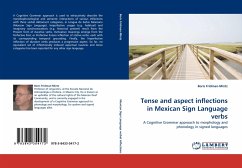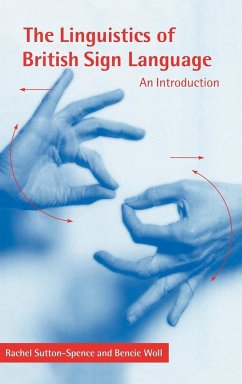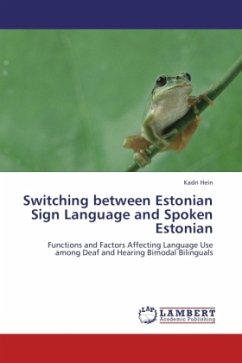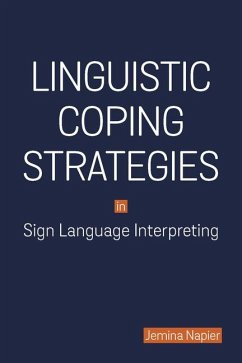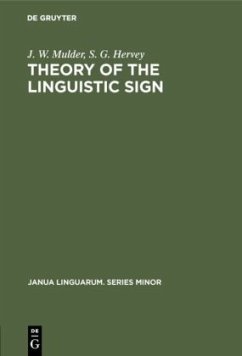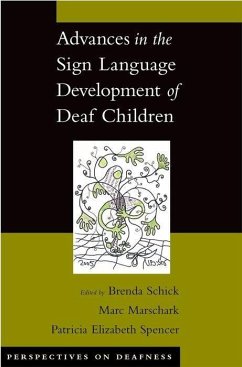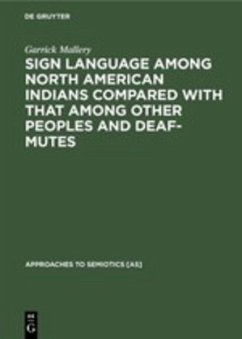
Interpreting the Sign Language of the Arabic Alphabet
Versandkostenfrei!
Versandfertig in 6-10 Tagen
40,99 €
inkl. MwSt.

PAYBACK Punkte
20 °P sammeln!
This study concentrated on interpreting the Arabic sign alphabet by employing different DL techniques. It revealed five main contributions namely: collected ASAI dataset, proposed DASA model, acquired ASAS dataset, approached the DRASL method, and established educational application. As a case study, the alphabet SL from Iraq was focused on as this work may help the deaf and dumb people in this country. A big number of hand gesture images have been collected from scratch for the ASAI dataset, where a total of 1218 images have been collected. Four movements were considered during the acquisitio...
This study concentrated on interpreting the Arabic sign alphabet by employing different DL techniques. It revealed five main contributions namely: collected ASAI dataset, proposed DASA model, acquired ASAS dataset, approached the DRASL method, and established educational application. As a case study, the alphabet SL from Iraq was focused on as this work may help the deaf and dumb people in this country. A big number of hand gesture images have been collected from scratch for the ASAI dataset, where a total of 1218 images have been collected. Four movements were considered during the acquisition. These are the vertical rotations, horizontal rotations, scaling, and translations. The proposed DASA model was evaluated for the established ASAI dataset. As a result, the DASA network attained a high accuracy of 96.12% and a low EER of 3.88%. Moreover, an invented glove with sensors that is designed to interpret ASAS was presented. The glove was made available to be worn by humans. Then,the finger movements will be detected and linked to a computer through Arduino. A new method called the DRASL was approached. This model could achieve a remarkably high accuracy of 100%.



